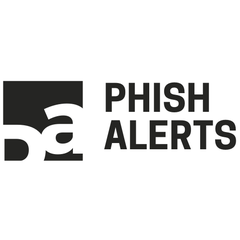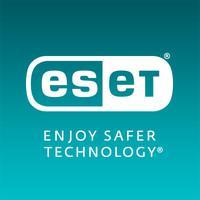
C9Phish
C9Phish serves as a robust phishing simulation platform that strengthens organizations against cyber threats. By mimicking real-world phishing attempts, it effectively evaluates employee awareness, identifies vulnerabilities, and crafts personalized training experiences. With advanced AI capabilities, C9Phish ensures teams remain agile against evolving phishing tactics, enhancing overall cybersecurity resilience.
Top C9Phish Alternatives
Phish Alerts
Phish Alerts enhances online security by providing users with a browser extension that identifies safe transactional websites.
VIPRE ThreatIQ
VIPRE ThreatIQ offers real-time, actionable threat intelligence sourced from a global network of sensors that monitor millions of malicious files, URLs, and domains daily.
dnstwist
dnstwist is a powerful phishing domain scanner that identifies lookalike domains potentially used by adversaries for attacks.
Cofense Triage
Cofense Triage™ accelerates the identification and mitigation of phishing emails, enhancing response times through integration and automation.
PhishTitan
PhishTitan is an advanced anti-phishing solution designed specifically for Microsoft 365.
ESET PROTECT Mail Plus
ESET PROTECT Mail Plus delivers robust anti-phishing and anti-spam protection for Microsoft Exchange and IBM servers.
Upfort
With AI-powered threat detection, automated response, and intuitive training, users navigate inboxes securely while protecting...
Google Advanced Protection Program
It mandates the use of a security key for sign-ins, ensuring only authorized users access...
Top C9Phish Features
- Phishing simulation campaigns
- User risk profile analysis
- Personalized training programs
- AI-driven threat detection
- Customizable phishing scenarios
- Comprehensive analytics dashboard
- Multi-vector attack simulations
- Automated training feedback
- Real-time employee tracking
- Social engineering attack training
- Department-specific vulnerability assessments
- Detailed reporting tools
- Continuous phishing threat updates
- Interactive training modules
- Gamified learning experiences
- Phishing attempt categorization
- Risk level measurement
- Employee engagement metrics
- Targeted education pathways
- Regular security posture evaluations







